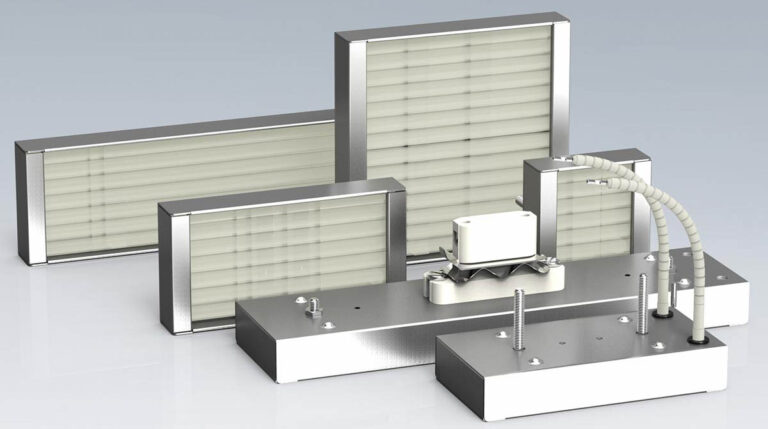Whether you like to stay ahead of the latest technology or not, you can guarantee you will eventually be dealing with it. That’s why it’s best to know as much as you can before you start using the tech. Although heating is often viewed as a mundane subject, infrared technology is an exciting development.
What Is Infrared Radiant Heating?
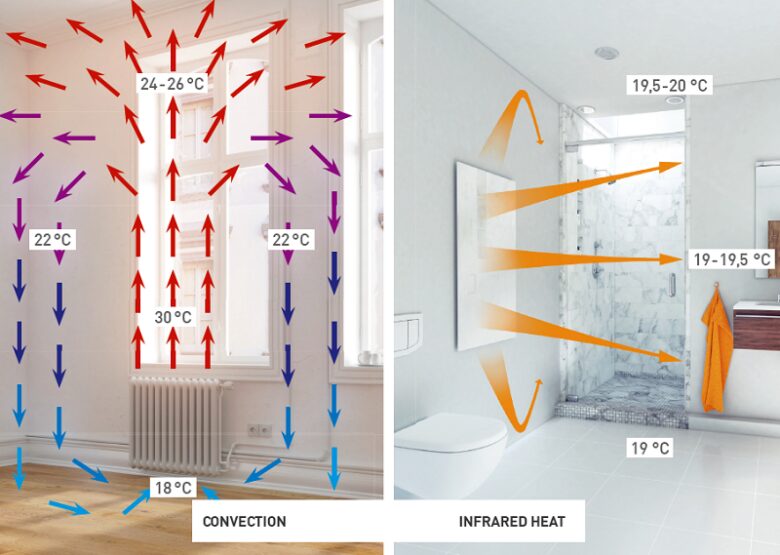
In a world where environmental impact is a major concern, it’s obvious why individuals and businesses are focused on green options, such as solar power and ground source heating systems.
But, while these systems have their place, what happens when you need consistent heat? Traditional heating systems warm the air. It makes a space feel cozy when you enter. Unfortunately, this type of heating is also susceptible to air pockets. These can form anywhere and will create cold spaces in your room.
In most instances, you can deal with this and move into a warmer spot. However, if you need consistent heat this won’t work. For example, if you are in business and need to dry the finish on your products or dehydrate items, you need consistent heat. This ensures the finish dries properly and looks great.
Infrared radiant heating makes this possible. It works on the same principle as the sun, creating infrared rays. These electromagnetic waves can be on one of three wavelengths:
0.78-1.5 microns
This is known as short wave. The waves are very narrow and travel long distances. But, they cover high temperatures. The temperature range of these rays is high hundreds and even thousands of degrees centigrade.
1.5-3 microns
Medium wave infrared has a slightly broader ray and covers temperatures between the mid and high hundreds centigrade.
Above 3 microns
Above 3 microns the waves are broad and known as longwave infrared. These offer temperatures from zero to the mid-hundreds.
It’s worth noting that the human body emits 9 microns, to feel the infrared waves are warm they will need to be over 9 microns.
Setting The Right Wavelength
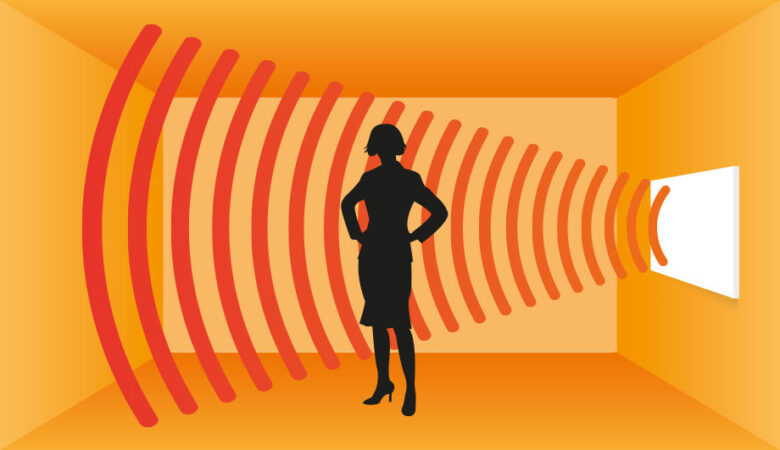
Standing right in front of an infrared heater using short wave infrared waves is going to quickly make you feel very hot. This makes this the perfect option for when you need to warm up quickly, a blast of heat. Due to the distance these waves can travel this is also the most effective option for large spaces.
At the other end of the scale, longwave infrared rays won’t feel as hot when standing in front of them. But, these rays are better absorbed by the human body and objects. This makes them the better option for comfortable heat.
Applications In Industry
A single panel infrared radiant heater will help you warm a home and you’ll find some of the most efficient versions are those with ceramic panels. It’s an effective way to heat a space by heating the objects and you only have to stand in front of it to feel warm.
However, if you take a look at the range of infrared products offered at https://infragas.co.uk/ you’ll realize these are particularly useful to industry.
Longwave infrared waves can be used to create specific temperatures up to the mid-hundreds centigrade. This means you can use radiant heat panels to ensure products are dried at the right temperature. Providing the products stay at a set distance from the heat they will receive a consistent and constant heat, ensuring the finish is perfect every time.
This makes infrared radiant thermal heating systems the perfect option for many industries. If used instead of conventional drying methods it can dramatically decrease the time it takes to prepare a product and have it ready to ship.
How Technology has Improved Infrared Heaters
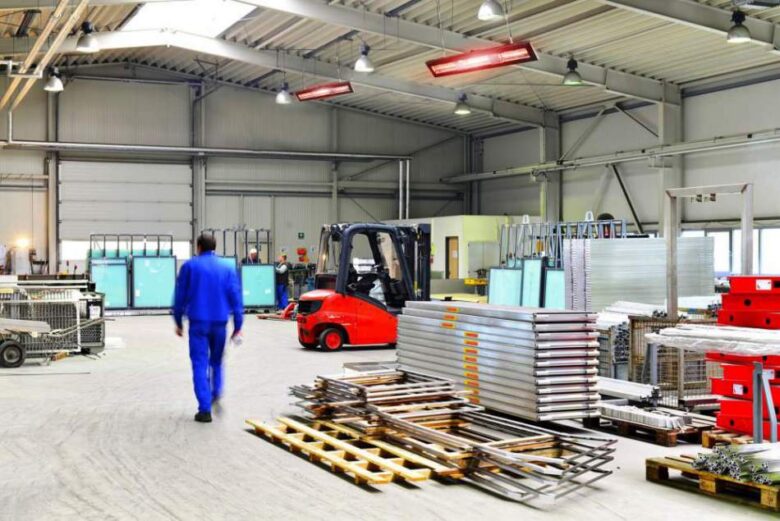
Artificially generated infrared waves are not a new thing. Just look at sunbeds, they have been using infrared for years to activate pigment cells and help you get a tan.
But, as with most industries, technology is opening more doors. The creation of catalytic radiant panels has made it much easier to control the temperature and maintain safety while using infrared waves.
In short, these types of heaters use natural gas or propane. A chemical reaction occurs, caused by the catalyst. This is often platinum. The result is the creation of infrared waves without the danger of adding flame to gas.
Businesses can use free-standing infrared radiant heaters to help people while they work. But, the best application is in the drying process. The consistency of this process makes it perfect for ensuring the same quality every time.
Maintenance Of Infrared Systems
You may be surprised to discover that there is very little maintenance needed for infrared systems. There are no filters or lubrication, you simply need to make sure it has enough catalyst, this is best checked by the manufacturer periodically.
Don’t forget that infrared heating is also silent. It doesn’t matter where you fit it, you’ll feel the benefit without even noticing it working.
Insulation Needs
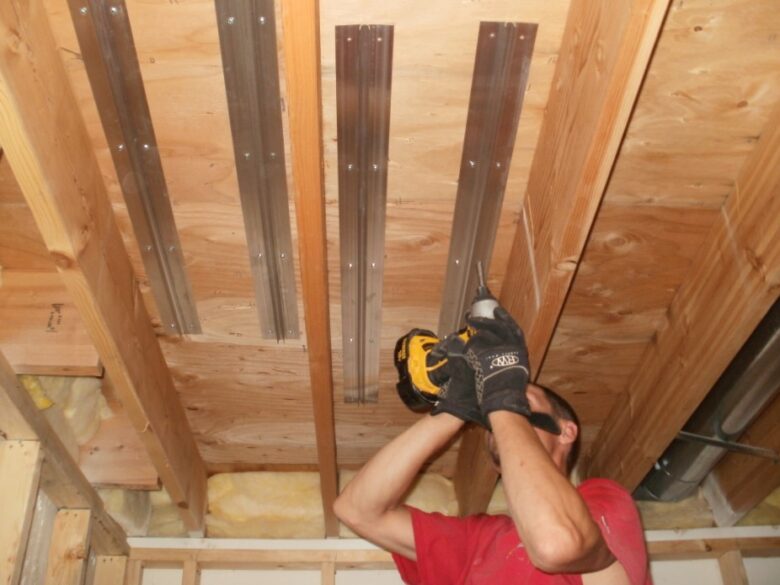
When using infrared radiant thermal heating it is important to note that insulation still plays an important part in keeping any space warm. The better your insulation the easier it is to heat objects and ultimately make the air feel warmer.
That’s why many businesses will opt for an infrared oven if they have specific drying needs. This encloses the heat and ensures every bit is used to create perfect products. That makes it a cost-saving and time-saving product worth considering.
Final Thoughts
While it is true that many individuals and businesses are looking for the most environmentally friendly heating option, infrared heating is a practical and safe approach that costs significantly less than many other options.
Technology is likely to improve and it is possible that infrared radiant thermal heating systems in the future will operate with a different energy source. But, for now, this is an affordable, efficient, and easy-to-use option. Whether you’re an individual or a business, you need to take a look at what’s on offer.

